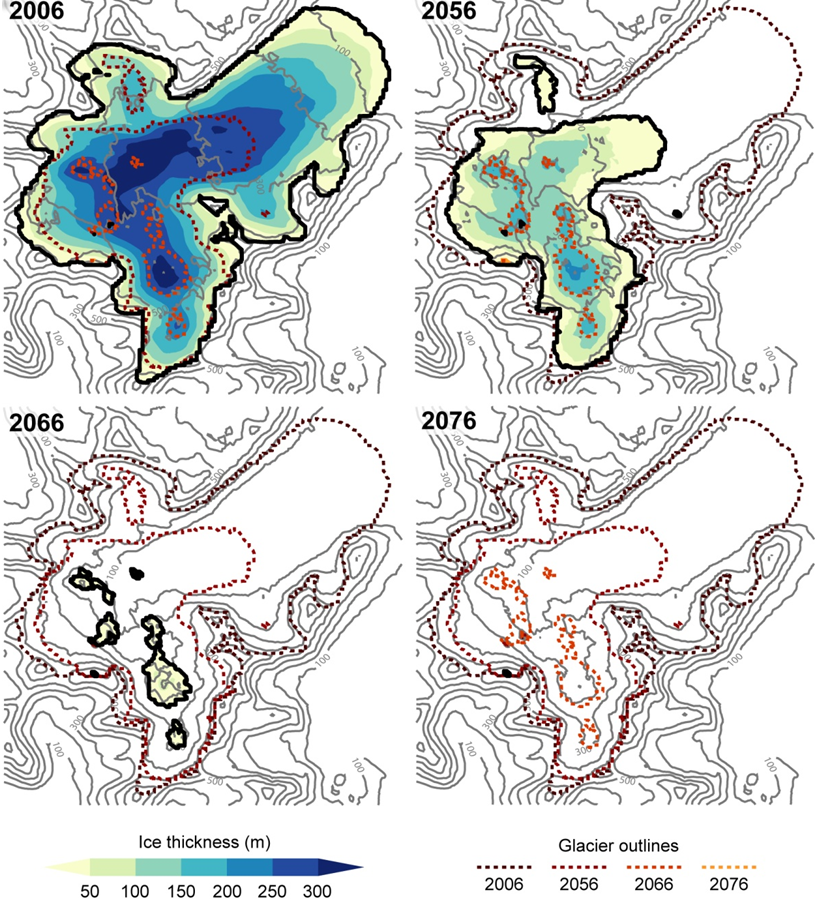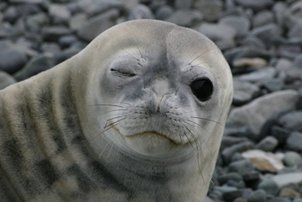Heading towards a loss of all land-terminating glaciers on Svalbard
One of my favourite regions in the world is the Svalbard archipelago. It is situated in the Norwegian Arctic region, about midway between continental Norway and the North Pole. Yes, it is pretty high up! The largest island is Spitsbergen, where I had the chance to spent a couple of months studying in the northern-most university in the world! We did not have buses or cars for commuting, but we had snow-scooters instead! (i will leave anecdotes from this trip for another post)

However, this post is about the results from a study that we have recently published in Environmental Research Letters.
The high Arctic archipelagos around the globe are among the most strongly ice-covered landscapes on Earth apart from the Greenland and Antarctic ice sheets.
In the recent past, Svalbard had shown the least negative glacier mass balance of all high Arctic regions over the past decades
(a kind of balance between mass gains from snowfall and mass losses from melting or icebergs break down that glaciologist do to measure the “health” of a glacier).
However, as we find in this study, it is likely that this picture will change substantially in the future, as the region around Svalbard is thought
to experience the strongest climate warming over all the Arctic until the end of the 21st century.
We do some Monte Carlo simulations of the future ice-mass evolution of 29 individual land-terminating glaciers on the Svalbard archipelago under an RCP 8.5 climate forcing,
a rather pessimistic future climate scenario that we seem to be currently heading for, though.
By using a topography-based extrapolation of the simulation results to the entire archipelago we show that a complete loss of most of Svalbard’s land-terminating glaciers and even a deglaciation of certain subregions
of the archipelago might occur before the end of the 21st century if global warming continues along the course of RCP 8.5. In this case, 98% of the land-terminating glaciers will have retreated to less than one tenth of
their initial extent by 2100!
Here is an example for the glacier Werenskioldbreen, in South West Spitsbergen (Svalbard).

You access the full paper on the following link .
